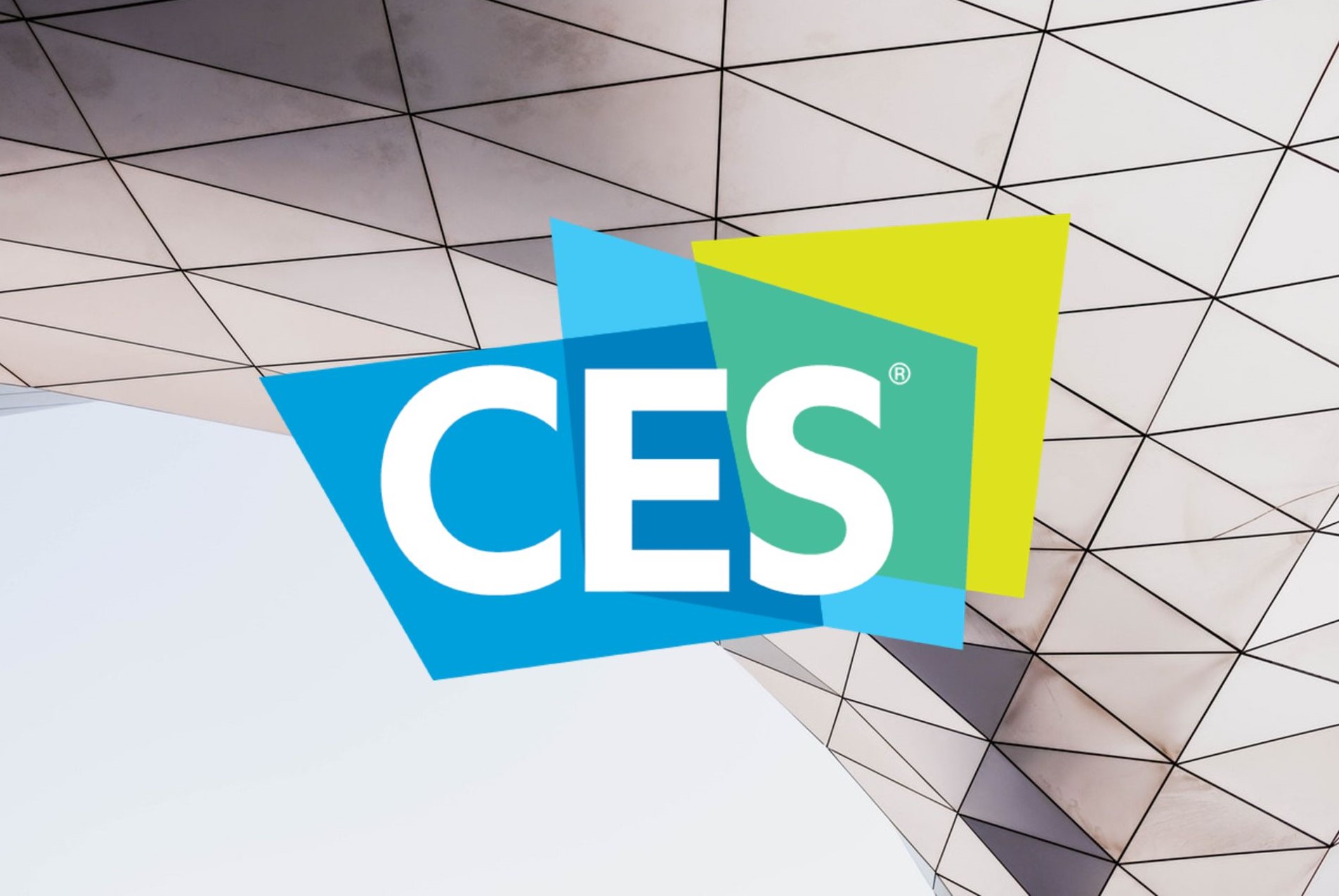Data generated by connected devices has accounted for an expansion of digital services. The Internet of Things has enabled a long-spanning succession of solutions for smart factories, supply chain management, video processing, wearable tech and much much more. But how exactly can IoT help initiate a data-driven transformation for businesses?
Raconteur forecasts the accumulated digital universe of data to be at the 44 trillion gigabytes mark this year, or at forty four zettabytes, whichever sounds more impressive to you. It is impossible to deny that this number has increased tenfold since 2013, when IDC calculated there to be just 4.4 zettabytes.
Business processes improved through operational efficiencies, inventory and asset management, as well as connected equipment maintenance have seen productivity and profitability gains. And at the heart of this digital transformation is IoT data.
IoT data strategy
Setting up an IoT infrastructure is not enough to generate increased value for business. Skilled analysts and data scientists need to make sense of the gathered data, rather than just collect more of it. Yet, data analysis talent is in short supply.
To establish complete data governance and IoT infrastructure is best coupled with an IoT strategy. This involves defining the roles of stakeholders and people responsible, as well as sourcing the right talent for the job, whether that means looking for candidates within the company or engaging outsourced talent.
Data collection and storage ought to be determined based on the type of data collected. While telemetry data is most frequently gathered from sensors, it is not unusual for audio and visual data to be recorded as well. According to CIO, to effectively manage the internet of things data, companies need to bear in mind an IoT data infrastructure that accounts for analytics from the onset.
IoT edge analytics
Keep data close to the vest, or rather, the edge so to speak. Fog, or edge computing, can help reduce network latency and increase data security. In most cases however, analytics at the edge will be but one part of the data environment, as data processing can occur in embedded analytics software and edge devices.
Higher levels of connectivity, multiple data sources, and edge computing technologies — these things combined unlock real-time insights into business process efficiencies. Fleet management is a great example of an industry that is founded on the tenets of edge analytics.
Michelin, the global tyre producer, utilized IoT-enabled insights from network connected trackers to monitor global shipments and manage its supply chain to guarantee on-time delivery of goods. This technological innovation allowed the company to keep cash flow going by improving destination arrival accuracy and customer satisfaction.
According to the same source from CIO, edge intelligence is another growing field that leverages Artificial Intelligence to develop intelligent applications.
Smart IT’s own experience with IoT comes from working with edge networking to distribute system version updates across batches of internet connected robotic toys. In this scenario, edge computing allowed the client to gather insights related to the use and productivity of robotic software across gadgets and perform prescriptive and predictive maintenance.
Data revolution
Luckily for most businesses, the IoT analytics platforms required to drive digital transformation by performing large-volume analytics will not have to be built from scratch. They are already out there with famous cloud service solutions such as Google Cloud IoT, Azure IoT, AWS IoT Analytics. Not to run contrary to previously made points, these cloud solutions come compatible with edge networks too.
It is worth mentioning that the data-driven digital transformation will need to account for data governance and security. Depending on where solutions are deployed, security practices can, at the least, take into consideration and rely on data governance frameworks such as GDPR (General Data Protection Regulation) effective in Europe, and the newly emerged CCPA (California Consumer Protection Act) effective in the eponymous US state.
At the same time, companies relying on data to make predictive analysis, and who set out on the digital transformation journey first, can serve as benefactors for companies using similar assets. Such new business opportunities make data another asset in the owner’s portfolio.
Conclusion
For customers, the use of internet-connected gadgets has improved customer experience. For business this has meant an increase in productivity through streamlined processes and increased profitability through insights on cost saving opportunities.
The Internet of Things has given way to a new business model known as data-as-a-service, however to advance in this new field, businesses will need to set up security and governance measures for collected data.
In order to make the first steps into IoT data analysis even more comprehensive and future proof, businesses will need to account for infrastructure, talent and interoperability. Luckily, with IoT technologies and platforms becoming more and more commonplace, businesses will not find themselves short of routes to take on their digital transformation journey.
05 June 2020

 Pavel Kaplunou
,
Pavel Kaplunou
, 



